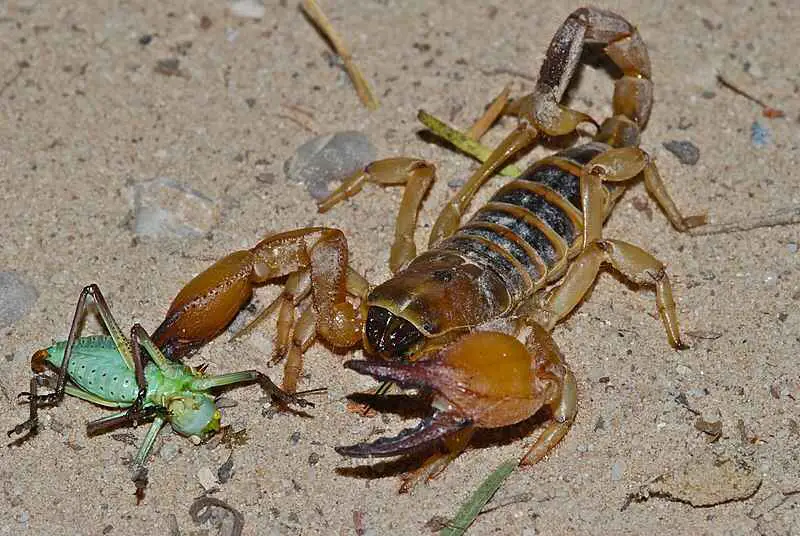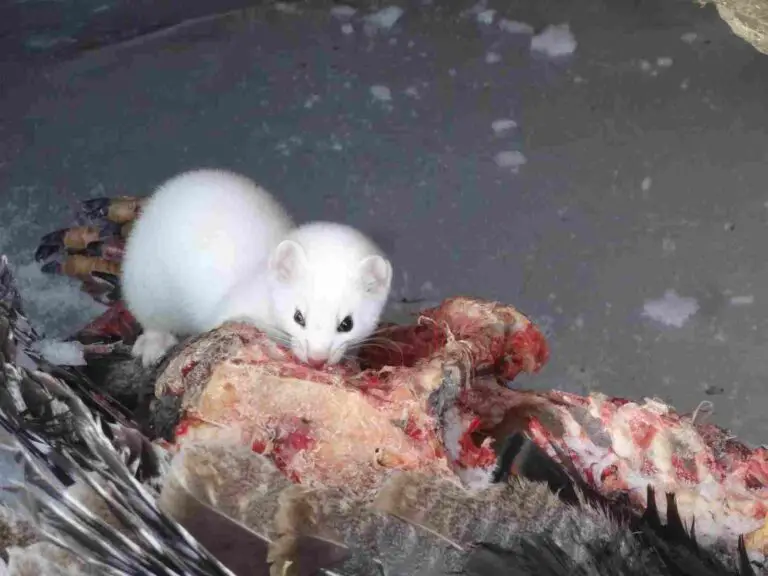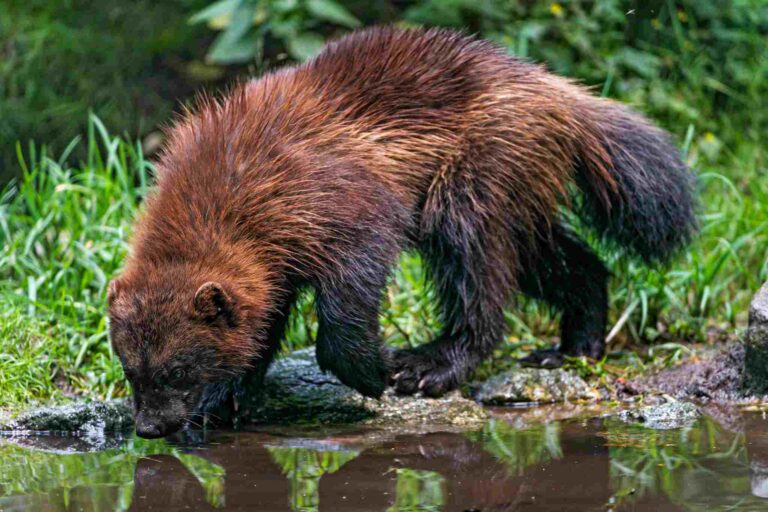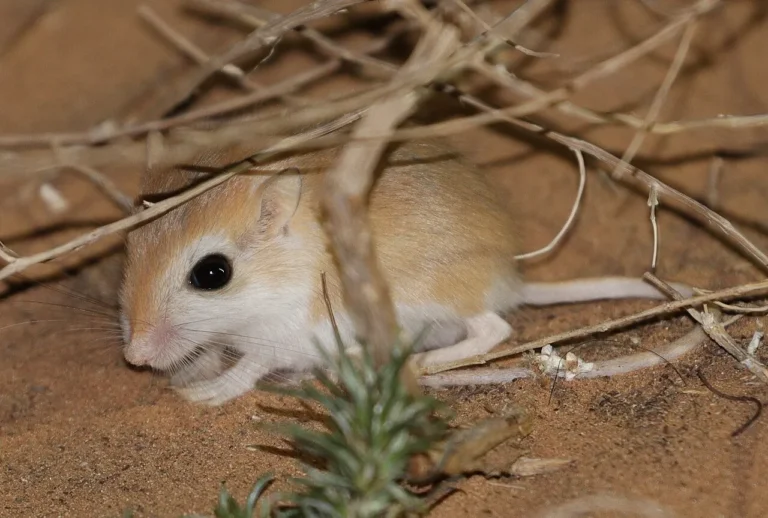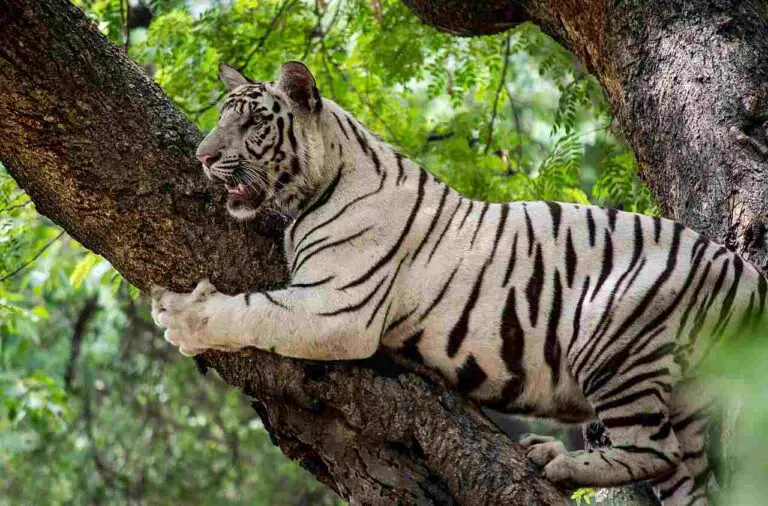Desert Energy Pyramid 4 Levels and Organisms Discussed
Desert energy pyramid comprises of four (4) trophic levels including; producers (level 1), primary consumers (level 2), secondary consumers (level 3), and tertiary consumers (level 4).
Examples of organisms in each of these levels of the desert energy pyramid are; cactus, Kangaroo rat, scorpion, and hawk, respectively. (A fifth trophic level for 'quaternary consumers' may in some cases be included, depending on the size and biological complexity of the desert ecosystem being analyzed).
This article discusses the desert energy pyramid and its four(4) trophic levels, as follows;
1). Producers in a Desert (as Part of the Desert Energy Pyramid)
The producers in a desert are plants, which are capable of capturing solar energy from the Sun's radiation, and using this captured energy to manufacture their own food through the process of photosynthesis [2].
The main source of energy in the desert ecosystem is the producers, who are responsible for introducing both bioenergy and biomass into the desert, by their photosynthetic activities.
As a result of their role as pioneers of energy dynamics, all energy pyramids and food chains place producers at the lowest, most basic entry (trophic) level, or Level 1.
One of the core characteristics of deserts is a sparse distribution of plants, especially in comparison to other ecosystems like forests and grasslands. Yet, the species richness and population size of plants in a desert are generally higher than for organisms in other trophic levels, which depend directly or indirectly on plants for food.
Producers in the desert include; cactus, brittlebush, sagebrush, creosote, gourds, Aloe Vera, desert lily, saguaro, and California puppy.

2). Primary Consumers in a Desert
Primary consumers in a desert are organisms that depend directly and solely on plants for food.
They occupy the second trophic level, directly above producers, and are herbivorous in their feeding habit.
Desert primary consumers are important to the flow of bioenergy from one level to another, as they serve as the biological bridge between producers (plants), which are the ultimate food source, and non-herbivorous organisms that are unable to feed on plants directly.
Primary consumers in the desert are also important for their role in modifying the edaphic (soil-related) and physicochemical conditions of the desert with their burrowing, grazing, metabolic and migratory activities.
Some primary consumers in the desert are ground squirrels, Bactrian camels, desert tortoises, Kangaroos rats, desert mice, and some herbivorous reptiles.
The desert mouse is a primary consumer in the desert biome, along with other rodents; whose ability to survive in deserts can be attributed to their burrowing, low calorie-demand, camouflage, and relatively-slow metabolism, among other adaptive features.
3). Secondary Consumers in a Desert (as Part of the Desert Energy Pyramid)
Secondary consumers of the desert include all organisms whose diet consists mostly of herbivorous desert animals.
These organisms are carnivorous in their feeding habit, and are generally viewed as the smallest or most vulnerable of desert predators. For the same reason, they are placed below the tertiary consumers in a desert energy pyramid, among which are larger and/or less-vulnerable predators.
Most secondary consumers are carnivores, while few may exhibit omnivorous behavior; meaning that they are capable of consuming both plant and animal biomass.
Some examples of secondary consumers in a desert are; spiders, scorpions, snakes, and fennec foxes.
A classic example of primary consumer and secondary consumer interaction in a desert is the predator-prey relationship between fennec foxes and desert mice.

4). Tertiary Consumers in a Desert
Desert tertiary consumers are all organisms that prey on primary and secondary consumers.
They are less-vulnerable and/or larger predators than the primary consumers, and are therefore placed at a relative biological advantage in the energy pyramid.
In most desert energy pyramids, the tertiary consumers occupy the highest trophic level.
At the tertiary consumption level, the species richness and population size are generally lower than those of other individual levels. This is because the higher trophic levels tend to receive approximately 10% the amount of bioenergy that is available to the trophic level directly beneath them [1].
Some tertiary consumers in a desert include; hawks and vultures. These desert animals, though not very large or powerful, are able to prey on primary consumers like scorpions and snakes due to their biological advantage, and the higher vulnerability of such primary consumers, compared to them.
The different types of deserts are inhabited by different kinds of tertiary consumers. Tertiary consumers in the Mojave Desert, which is a subtropical desert, include coyotes, bobcats, and hawks. Hot and dry deserts like the Sahara do not play host to coyotes and bobcats due to their harsher conditions, so that the tertiary consumers in such deserts are mostly raptors.

Desert Energy Pyramid With 5 Levels
Some desert energy pyramids comprise of five(5) trophic levels that include a highest level occupied by quaternary consumers.
This fifth level is only present for deserts that have a relatively-high level of biodiversity, high biological complexity and large population size.
Animals like bobcats and coyotes can occupy the quaternary consumer level (5), provided smaller predators with higher vulnerability are available to occupy the tertiary consumer level.
Conclusion
A desert energy pyramid comprises of the following trophic levels;
1. Producers including plants like Cactus
2. Primary Consumers including herbivores like Kangaroo rat
3. Secondary Consumers including carnivores like Scorpion
4. Tertiary Consumers including raptors like Hawk
References
1). Barneche, D. R.; Hulatt, C. J.; Dossena, M.; Padfield, D., Woodward, G.; Trimmer, M.; Yvon-Durocher, G. (2021). "Warming impairs trophic transfer efficiency in a long-term field experiment." Nature. 2021 Apr;592(7852):76-79. Abailable at: https://doi.org/10.1038/s41586-021-03352-2. (Accessed 9 April 2023).
2). Gibson, A. C.; Rundel, P. W. (2011). "Ecophysiology of photosynthesis in desert ecosystems." Terrestrial Photosynthesis in a Changing Environment (pp.435-447). Available at: https://doi.org/10.1017/CBO9781139051477.034. (Accessed 9 April 2023).
